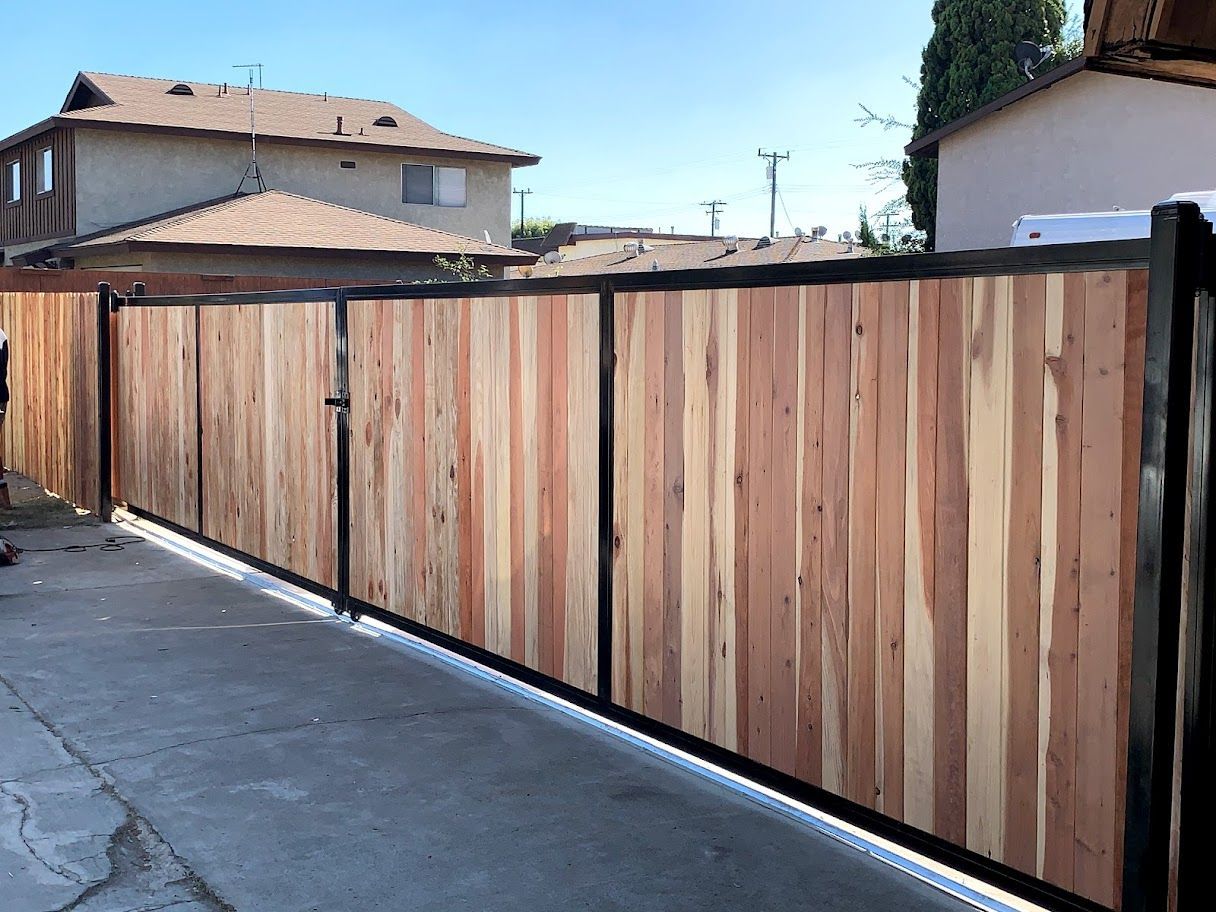All Categories
Featured

Picking the ideal kind of fencing for your home is a considerable choice that can affect both the appearances and capability of your room. Whether you're seeking privacy, security, or merely an ornamental attribute, there are various elements to consider when picking the perfect fence. Below are some essential considerations to aid direct your decision-making process.
- Identify the Purpose of the Fencing. The primary step in choosing the right type of fence is to clarify its objective. Various fences offer different functions, and comprehending your certain demands will certainly help narrow down your options. Think about the following:
Personal privacy: If you're looking for personal privacy, a solid and tall fencing such as wood or plastic will protect against spying eyes from seeing into your lawn. Safety: For safety purposes, a solid, tall fence made of aluminum or steel can discourage trespassers and offer assurance. Aesthetic Allure: A decorative fence made from wrought iron, light weight aluminum, or picket-style wood can add charm and curb allure to your building. Family Pet or Animal Containment: If you need to consist of pet dogs or animals, a tough fencing like chain link or timber may be essential to avoid them from escaping. 2. Think about the Product. It's time to select the product as soon as you have actually established the fencing's primary function. Each type of material includes its very own collection of benefits and challenges. Right here are some usual products to consider:
Timber: Wood fencings are versatile and personalized, supplying privacy and a traditional look. They're excellent for country residential properties or traditional homes yet require routine maintenance to stop rot, warping, or bug problem. Vinyl: Plastic fencings are low-maintenance, durable, and offered in a range of designs. They will not fracture, warp, or fade, making them a fantastic alternative for those who want a resilient, convenient fence. However, plastic can be extra costly ahead of time than wood. Light weight aluminum: Aluminum fencings offer a smooth, modern-day appearance and are durable, rust-resistant, and need minimal maintenance. They usually don't supply as much personal privacy as wood or vinyl, as the slats are usually spaced apart. Chain Link: Wire mesh fence are usually made use of for protection or to have family pets. They are durable and cost effective, but they don't provide much privacy or visual allure unless you include slats or personal privacy displays. 3. Variable in the Environment and Upkeep Needs. Your region's climate can dramatically affect the lifespan and maintenance needs of your fence. If you stay in a location with high moisture or regular rain, products like wood may require additional care to prevent rot or mold growth. On the other hand, vinyl and light weight aluminum fencings are immune to the elements and require a lot less maintenance.
In addition, think about the amount of time and initiative you agree to devote to fencing maintenance. Timber fencings require routine discoloration or painting to preserve their look, while plastic and aluminum need much less upkeep.
- Think About Durability and Lifespan. Take into consideration the length of time you desire your fencing to last. , if you're looking for a fence that will last for decades with little upkeep, vinyl and light weight aluminum are excellent options.. While timber fences can last 10-20 years with appropriate care, they may not hold up against the test of time as well as various other materials.
Additionally, consider your spending plan. Materials like wood and chain web link have a tendency to be even more affordable upfront, while plastic and aluminum often tend ahead with a greater first expense but supply lasting toughness.
- Suit the Fence to Your Property Style. The kind of fencing you select must complement the overall appearance and feel of your residential property. An appropriate fence can improve your home's curb allure, while a poorly selected fence can interfere with it. :
Traditional Residences: A traditional timber picket fencing or a functioned iron fencing works well with older, a lot more typical homes. Modern Houses: For a contemporary appearance, streamlined materials like aluminum or vinyl can enhance modern-day architecture. Rural or Ranch Residences: A wood or cord fencing may be ideal for rural residential properties or ranches, where practicality is simply as crucial as appearances. 6. Check Local Rules and HOA Standards. Prior to making your final choice, inspect your regional zoning guidelines and any type of HOA (Homeowners Organization) standards to ensure that your preferred fencing complies with elevation constraints, material demands, and various other neighborhood legislations. Some areas have particular policies regarding the appearance of fencings, particularly in property communities.

Conclusion. Choosing the best fence for your building requires mindful consideration of your demands, budget, and the style of your home. Whether you're prioritizing privacy, security, or visual charm, there's a fence material and design that will certainly fit your needs. By thinking about the variables laid out over, you can make an informed decision and choose a fence that will enhance the capability and elegance of your building for years ahead.
Latest Posts
Explore Affordable Auto Repairs with Montclare’s Monthly Service Specials
Published May 24, 25
1 min read
Uncover Brake Repair & More: Comprehensive Auto Care Solutions from Montclare Auto Repair
Published May 23, 25
1 min read
Shield and Improve Your Home with Weathercraft's Exterior siding Solutions
Published May 22, 25
1 min read
More
Latest Posts
Explore Affordable Auto Repairs with Montclare’s Monthly Service Specials
Published May 24, 25
1 min read
Uncover Brake Repair & More: Comprehensive Auto Care Solutions from Montclare Auto Repair
Published May 23, 25
1 min read
Shield and Improve Your Home with Weathercraft's Exterior siding Solutions
Published May 22, 25
1 min read